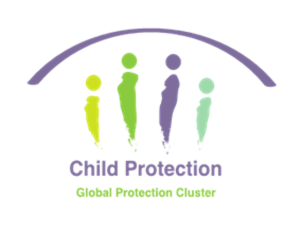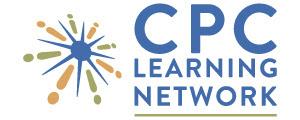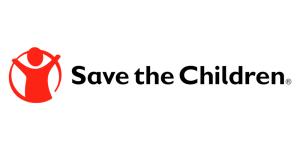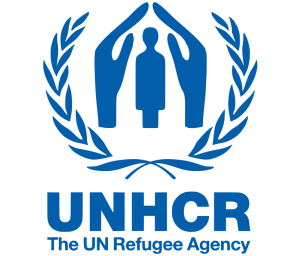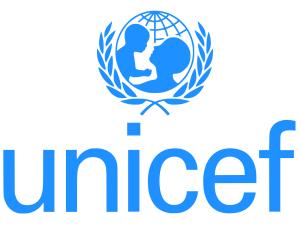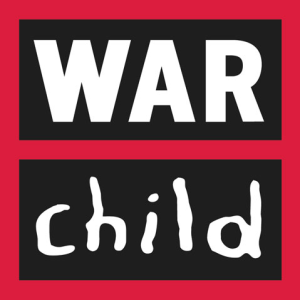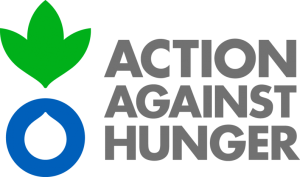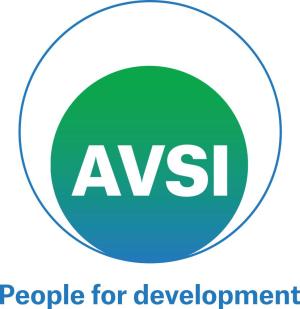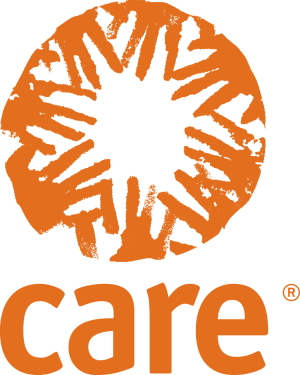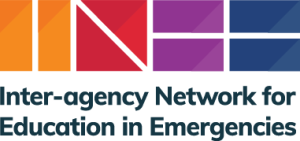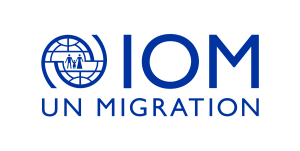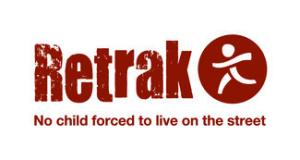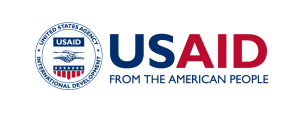
Led By: World Vision International and UNICEF Office of Research - Innocenti
Contact us at: ame.wg@alliancecpha.org
Our Mission
To generate, synthesise, and use agency-specific and inter-agency evidence to promote effective interventions.
2022 Key Priorities of the Assessment, Measurement and Evidence Working Group
The AME Working Group continues supporting the members in their assessment, measurement and evidence efforts, with a specific focus on:
- Developing a qualitative approach to assess population-level risk and protective factors for the protection of children with disabilities.
- Designing a capacity-building module on measuring risk and protective factors in humanitarian action.
- Supporting the improvement of documentation of risk and protective factors across child protection coordination groups.
Latest News
New Co-Leading Agency of the AME Working Group
We are pleased to announce that Innocenti, UNICEF's Office of Research, has been confirmed as the new co-lead of the Assessment, Measurement and Evidence Working Group alongside Word Vision. Innocenti is UNICEF’s dedicated research centre. Its core mandate is to undertake cutting-edge, policy-relevant research that equips the organization and the wider global community to deliver results for...
Seeking a new agency to take up the co-leadership of the Assessment, Measurement and Evidence Working Group!
Exciting opportunity! The Alliance is looking for an agency to take up the co-leadership of the Assessment, Measurement and Evidence Working Group, joining World Vision International as the existing co-lead. The AME Working Group is one of the main work streams of the Alliance. The purpose of the Working Group is to “generate, synthesize, and use agency-specific and inter-agency evidence to...
Working Group Member Organisations
Resources
Child Protection in Emergencies Situation and Response Monitoring Toolkit
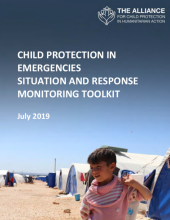
The purpose of the toolkit is to provide guidance on how to develop and implement systems for monitoring child protection issues that affect children in humanitarian settings, as well as for monitoring the child protection response. Acknowledging the multifaceted nature of protection, this toolkit focuses only on protection of children. However, it has to be considered in the broader context of...
Summary: Review on Child Wellbeing in Humanitarian Action: Concepts, Definitions and Domains
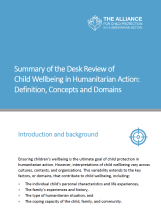
This is a summary of the Alliance's Desk Review on Child Wellbeing in Humanitarian Action: Concepts, Definitions, and Domains. A chapter-level summary is presented in 11 postcard-sized slides, highlighting the desk review on the definition of child wellbeing in humanitarian action. Reading time: 3 minutes
Child Protection Rapid Assessment (CPRA) Toolkit Review
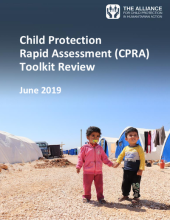
This report provides findings and analysis on the use of the Child Protection Rapid Assessment (CPRA) Toolkit between 2014 and 2018. It includes recommendations for (a) improving the CPRA Toolkit and (b) more effectively situating it within the broader framework of child protection analysis and assessment in humanitarian contexts. This is the second review of the CPRA toolkit and builds upon the...
Briefing note: Setting the Global Research Agenda for Child Protection in Humanitarian Contexts
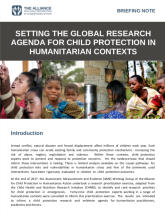
At the end of 2017, the Assessment, Measurement and Evidence (AME) Working Group of the Alliance for Child Protection in Humanitarian Action undertook a research prioritization exercise, adapted from the Child Health and Nutrition Research Initiative (CHNRI), to identify and rank research priorities for child protection in emergencies. Forty-nine child protection experts working in a range of...
Site Specific Child Protection Rapid Assessment: A guidance note
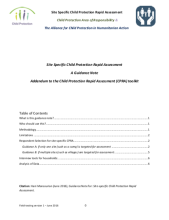
This guidance note is an addendum to the Child Protection Rapid Assessment (CPRA) toolkit produced by the Child Protection Working Group. It should be used in conjunction with the CPRA toolkit in situations where: The number of distinct communities affected by the emergency is smaller than 15, or Less than 15 of the affected communities are accessible for the purpose of the assessment. The...
Child Protection in Emergencies Assessment Flowchart
This flowchart is designed to help determine the type of assessment needed in a given humanitarian context.
Webinars
Webinar | The Pathways Between Natural Disasters and Violence Against Children—A conversation between research and practice
To find the related research article and blog post, click here. The structure of child protection programming during humanitarian emergencies is based upon the principle of increased risk of violence. Humanitarian programmatic interventions often use the same models for armed conflict and natural disasters. Little is understood on how they may differ, and the bulk of the current evidence focuses...

